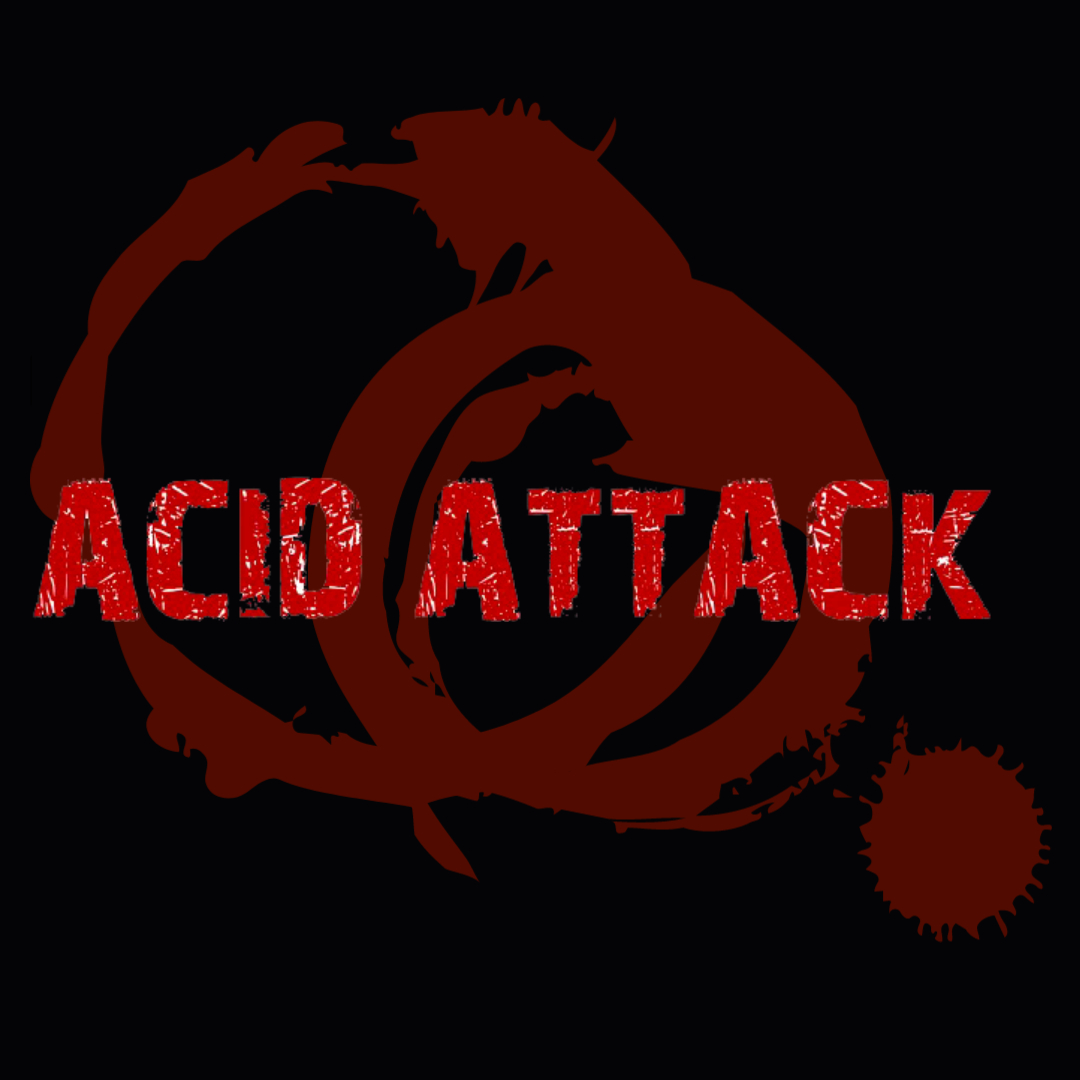Survivors of acid attacks in Mexico unite to push for change
Two decades later, she is still seeking justice.Survivors of acid attacks like Xolalpa are banding together and raising their voices in Mexico despite the countrys sky-high violence especially toward women and staggering levels of impunity.I thought I was the only one, said the 38-year-old, who grows flowers on Mexico Citys south side.

- Country:
- Mexico
Elisa Xolalpa has had three daughters and found a job she enjoys since a former boyfriend tried to destroy her life by tossing acid on her when she was 18. Two decades later, she is still seeking justice.
Survivors of acid attacks like Xolalpa are banding together and raising their voices in Mexico despite the country's sky-high violence — especially toward women and staggering levels of impunity.
“I thought I was the only one,” said the 38-year-old, who grows flowers on Mexico City's south side. “But we're not alone anymore.” Earlier this year, the Carmen Sánchez Foundation formed here to provide support and lobby for legal reforms for survivors of acid attacks. It has registered 29 such attacks so far, five already in 2021, but believes that is only a fraction of the real number.
Survivors want the attacks classified as attempted femicide, aid with the innumerable surgeries that follow and psychological support. They want to be seen even though their faces hurt.
“Mom, what is acid?” 9-year-old Daniela asked Xolalpa one day. For a moment Xolalpa was silent. Then she told her daughter that it was a liquid they used in the greenhouse that is dangerous. Another day Daniela left school in tears. “Some kids told me you're ugly, Mom, and it's not true,” Xolalpa said her daughter told her. Xolalpa has a sweet gaze. She enjoys growing flowers in the chinampas — fertile islands interlaced by canals in the capital's Xochimilco borough — like her ancestors did. She recognizes that one day she will have to explain to her three daughters, product of another relationship, the attack that changed her life and for a time left her wanting to die.
These days she is focused on preparing herself mentally for a new court hearing for her attacker, who was finally arrested in February. She has made three complaints to authorities and suffered constant threats from him. For now he only faces a domestic violence charge, but Xolalpa hopes that will hold him long enough to pursue an attempted femicide charge. Her attacker's lawyer has been dismissive. “He says I'm alright because I was able to have a family,” she said indignantly. She entered the relationship with the father of her three daughters “to feel that I could please someone despite the scars,” Xolapa said. “It was a mistake, I'm still damaged.” Dousing someone in acid means wanting to dissolve a person physically and psychologically. It is always premeditated, according to the United Nations. In Xolalpa's case, she was tied to a post. The acid dissolved the ropes, but also her clothes and her body as she ran half-naked for help. She has had 40 surgeries to repair her body.
Carmen Sánchez, who started the foundation that bears her name, was eating breakfast with her mother and sisters at home in 2014 when her partner entered and threw acid on her face. He fled with a driver who was waiting outside as Sánchez's chin melted to her chest and her cell phone dissolved in her hand.
It took years before Sánchez turned to activism.
One day in 2017, Sánchez called Gina Pontes, a Colombian survivor, whose collective “Rebuilding Faces” helps other women who have survived attacks. Pontes happened to be on her way to a doctor's appointment. “She told me about all her pain, she cried, she talked to me about her surgeries,” Pontes recalled. When Pontes got to the doctor, “I told Carmen, Look, I'm going to strip, but we'll keep talking, don't worry.'” Seeing Pontes bare her scars without any shyness shook Sánchez. She understood that trying to hide what had happened didn't help. So while she sought justice in her case and underwent operation after operation — she's up to 61 — she began to talk with other survivors, seek out donors, psychologists and doctors.
“From the beginning I only had two options: let myself die, something she considered many times, or look at my scars, inside and out, and understand that that was my new reality,” Sánchez told lawmakers in late July when she received a prize from Mexico's lower congressional chamber.
(This story has not been edited by Devdiscourse staff and is auto-generated from a syndicated feed.)










